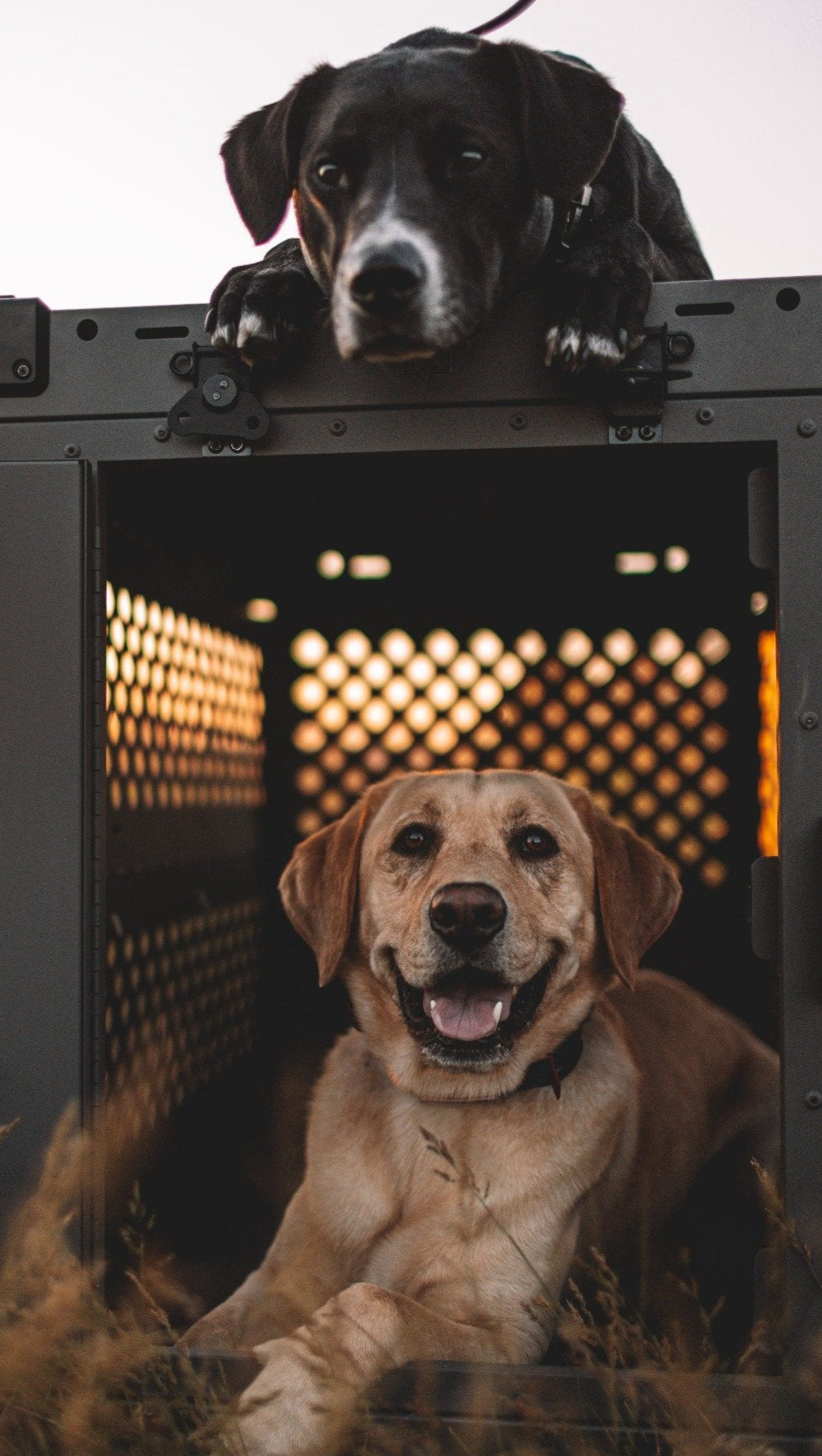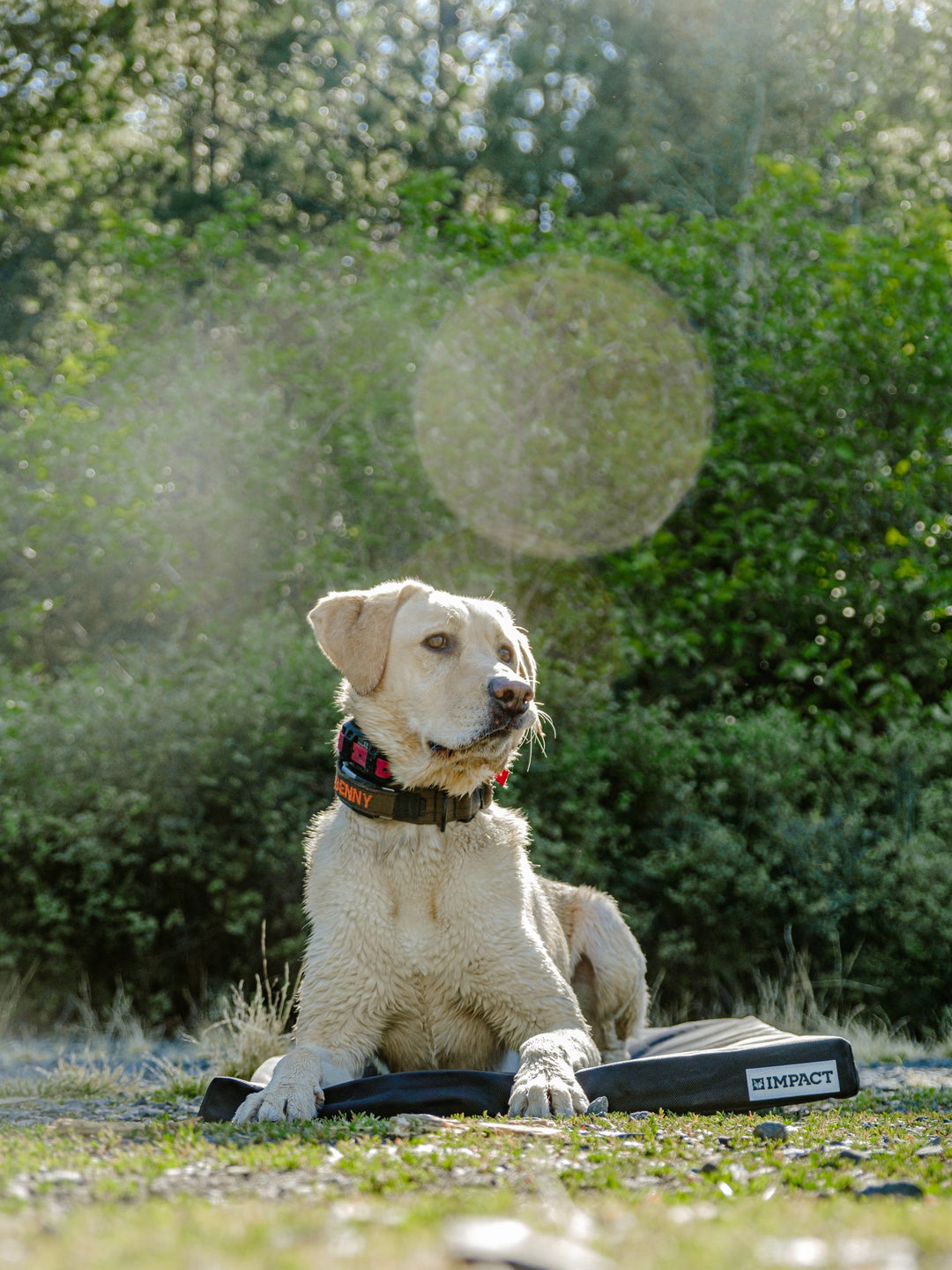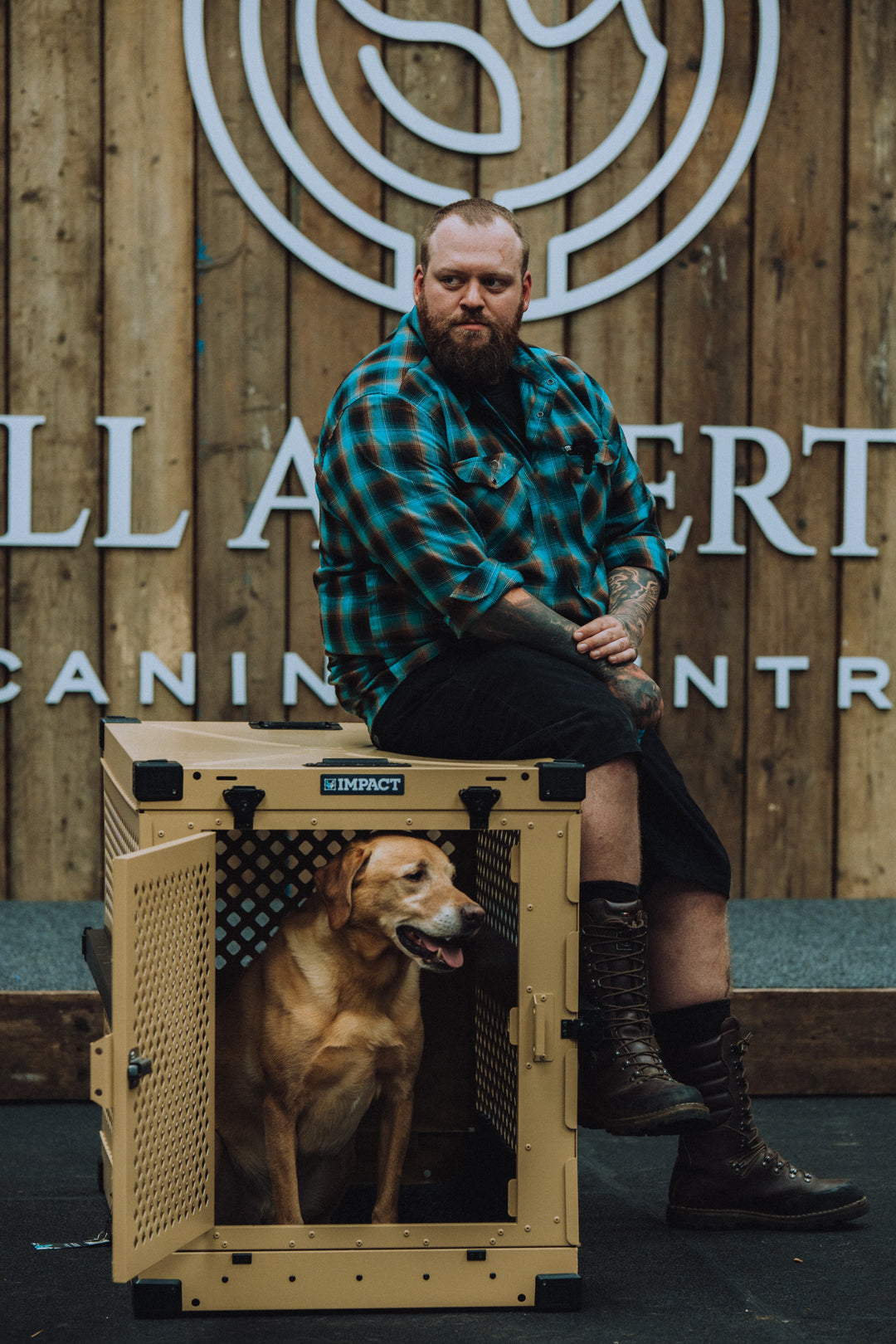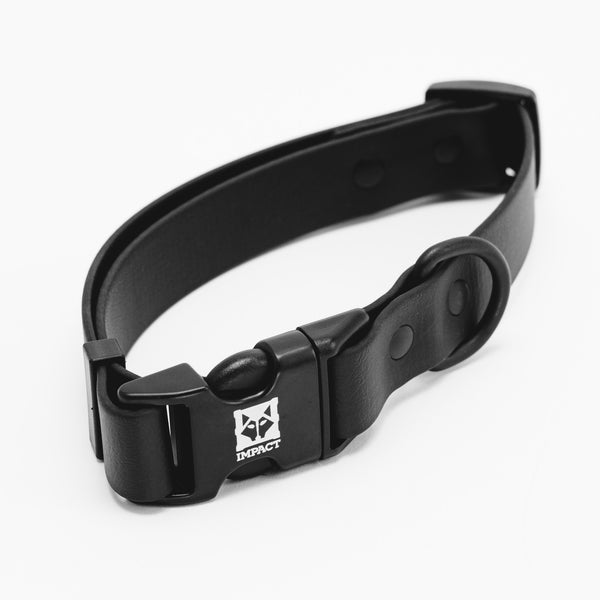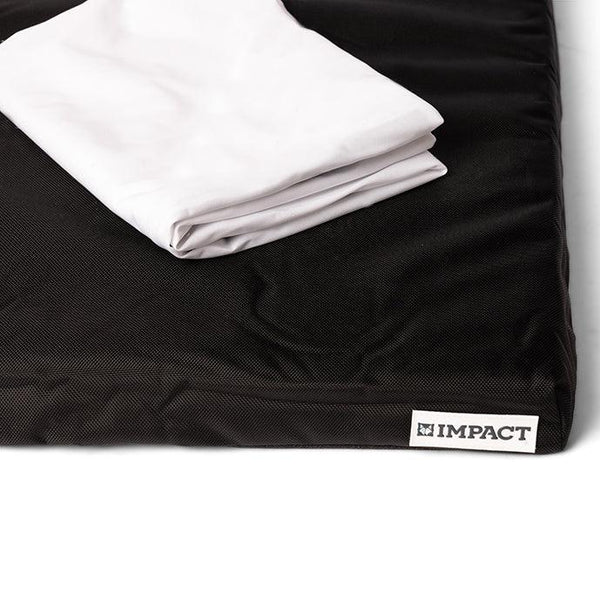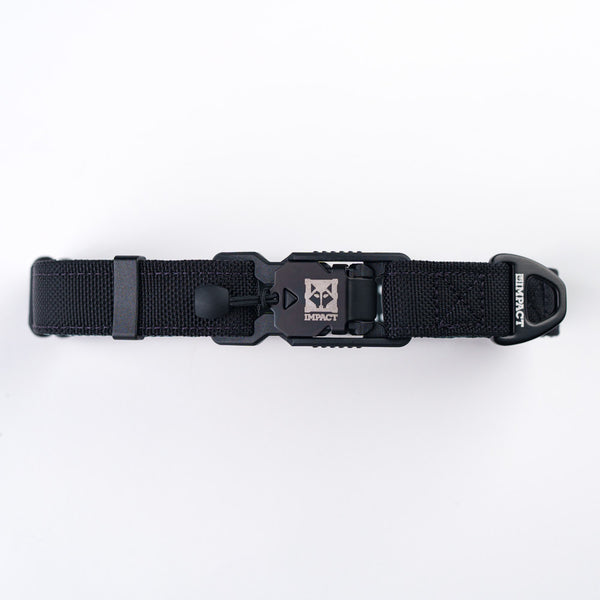Every dog owner knows the joy of watching their dog explore the outdoors—whether it’s a hike, a romp through the backyard, or a fun playdate at the park. But all that excitement can sometimes lead to minor injuries like cuts, scrapes, and bruises. While these are often nothing to worry about, acting quickly can make your pup more comfortable and help prevent complications later on.
What to Watch For
After any outdoor adventure, or even something as casual as a picnic, it's smart to give your dog a full-body check. You’re not being overprotective; you're being a responsible pet parent.
Gently run your hands over your dog’s body and watch for:
-
Tender or sensitive spots
-
Swelling
-
Hidden cuts, bruises, or foreign objects
Make sure to check commonly overlooked areas like:
-
Between the toes
-
Under the collar
-
Behind the ears
These spots are perfect hiding places for thorns, ticks, or debris. If your dog flinches or yelps, take a closer look. Even if a wound looks minor, it’s worth rechecking it a few hours later—some injuries may worsen with time.
Pro tip: If your dog starts limping, obsessively licking, or acting “off,” give them a second inspection.
Why Do These Injuries Happen?
Minor bumps and bruises often come with the territory when your dog is energetic and playful. Common causes include:
-
Running through brush or rough terrain
-
Slipping or falling on hard surfaces
-
Rough play with other dogs
-
Bumping into sharp or hard objects like sticks, fences, or rocks
Most of these injuries are superficial and heal quickly, but being alert helps you catch the ones that need extra care.
Treating Minor Wounds, Cuts, and Bruises
If you find a small wound, don’t panic. Here’s how to take care of it safely and effectively.
For cuts and abrasions:
-
Rinse the area with lukewarm water to remove dirt and debris.
-
Use a pet-safe, non-stinging antiseptic (avoid alcohol or hydrogen peroxide—they can damage healthy tissue).
-
Gently pat dry with clean gauze or a towel.
-
Apply a vet-approved ointment if needed.
-
If the wound is in a spot your dog might lick or scratch, loosely wrap it with a breathable dressing.
-
Keep it clean and check it regularly.
For bruises and swelling:
-
Apply a cold compress wrapped in a towel for 5 to 10 minutes.
-
Encourage your dog to rest and stay calm.
-
Monitor the bruise for changes in size or tenderness.
Call your vet if you notice:
-
Increased swelling or heat around the area
-
Pus, foul odor, or signs of infection
-
Limping that doesn’t improve in 24 hours
-
Your dog becomes lethargic or stops eating
Injuries From Unexpected Sources
Not all wounds come from nature. Everyday life can be just as risky:
-
Playfighting with other dogs may lead to scratches or bruises
-
Interacting with unfamiliar animals can result in bites
-
Household hazards—like sharp furniture corners—can cause accidental cuts
Supervision is key. Keep your dog's environment safe, especially during playtime or when meeting new animals.
Managing Wound Care at Home
Dogs have an instinct to lick their wounds, but too much licking can delay healing or even cause infection. Here’s how to help them heal faster:
-
Use a cone or an inflatable collar if licking becomes constant
-
Keep them distracted with toys, puzzle feeders, or attention
-
Always keep wounds dry and clean, as moisture encourages bacteria
If your dog is anxious or restless due to discomfort, create a peaceful space with soft bedding and calm reassurance.
Final Thoughts
Minor injuries are a normal part of an active dog’s life. Staying calm, acting quickly, and knowing what to watch for can make all the difference. If you’re ever unsure, don’t hesitate to reach out to your veterinarian. Your dog relies on you for safety—and with a little care, they’ll be back on their paws in no time.
https://www.petmd.com/dog/emergency/accidents-injuries/e_dg_cuts_bruises

